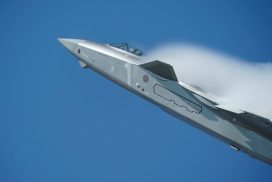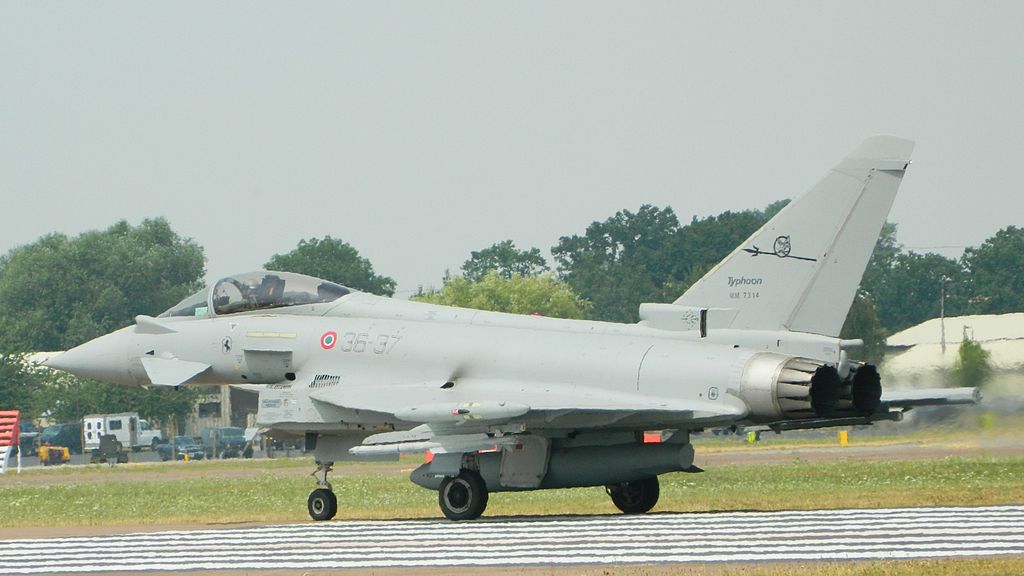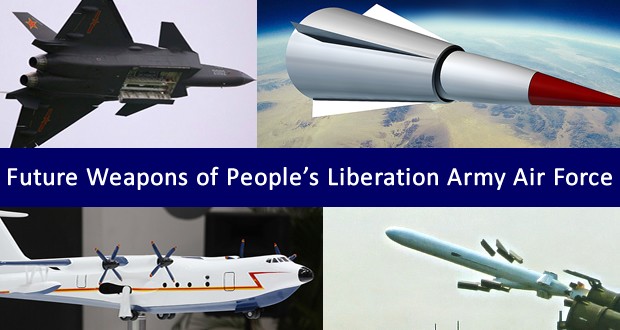a href=”http://bp3.blogger.com/_RRbP6fpJWAc/RlbIV3h84LI/AAAAAAAAAP0/n7t_iL-AFRU/s1600-h/fluid_dynamic.jpg”img id=”BLOGGER_PHOTO_ID_5068458708661231794″ style=”FLOAT: left; MARGIN: 0px 10px 10px 0px; CURSOR: hand” alt=”” src=”http://bp3.blogger.com/_RRbP6fpJWAc/RlbIV3h84LI/AAAAAAAAAP0/n7t_iL-AFRU/s320/fluid_dynamic.jpg” border=”0″ //a A scramjet (supersonic combustion ramjet) is a variation of a ramjet with the key difference being that the flow in the combustor is supersonic. At higher speeds it is necessary to combust supersonically to maximize the efficiency of the combustion process. Projections for the top speed of a scramjet engine (without additional oxidiser input) vary between Mach 12 and Mach 24 (orbital velocity), but the X-30 research gave Mach 17 due to combustion rate issues. By way of contrast, the fastest conventional air-breathing, manned vehicles, such as the U.S. Air Force SR-71, achieve slightly more than Mach 3.2 and rockets achieved Mach 30+ during Apollo.br /Like a ramjet, a scramjet essentially consists of a constricted tube through which inlet air is compressed by the high speed of the vehicle, a combustion chamber where fuel is combusted, and a nozzle through which the exhaust jet leaves at higher speed than the inlet air. Also like a ramjet, there are few or no moving parts. In particular there is no high speed turbine as in a turbofan or turbojet engine that can be a major point of failure.br /A scramjet requires supersonic airflow through the engine, thus, similar to a ramjet, scramjets have a minimum functional speed. This speed is uncertain due to the low number of working scramjets, relative youth of the field, and the largely classified nature of research using complete scramjet engines. However it is likely to be at least Mach 5 for a pure scramjet, with higher Mach numbers 7-9 more likely. Thus scramjets require acceleration to hypersonic speed via other means. A hybrid ramjet/scramjet would have a lower minimum functional Mach number, and some sources indicate the NASA X-43A research vehicle is a hybrid design. Recent tests of prototypes have used a booster rocket to obtain the necessary velocity. Air breathing engines should have significantly better specific impulse while within the atmosphere than rocket engines.br /However scramjets have weight and complexity issues that must be considered. While very short suborbital scramjet test flights have been successfully performed, perhaps significantly no flown scramjet has ever been successfully designed to survive a flight test. The viability of scramjet vehicles is hotly contested in aerospace and space vehicle circles, in part because many of the parameters which would eventually define the efficiency of such a vehicle remain uncertain. This has led to grandiose claims from both sides, which have been intensified by the large amount of funding involved in any hypersonic testing. Some notable aerospace gurus such as Henry Spencer and Jim Oberg have gone so far as calling orbital scramjets ‘the hardest way to reach orbit’, or even ‘scamjets’ due to the extreme technical challenges involved. Major, well funded projects, like the X-30 were cancelled before producing any working hardware.br /br /object width=”425″ height=”350″param name=”movie” value=”http://www.youtube.com/v/jPNJJTU2VGg”/paramparam name=”wmode” value=”transparent”/paramembed src=”http://www.youtube.com/v/jPNJJTU2VGg” type=”application/x-shockwave-flash” wmode=”transparent” width=”425″ height=”350″/embed/object
Menu
Copyright © 2007- 2025 • Defence Aviation • All Rights Reserved. Reproduction without explicit permission is prohibited.



